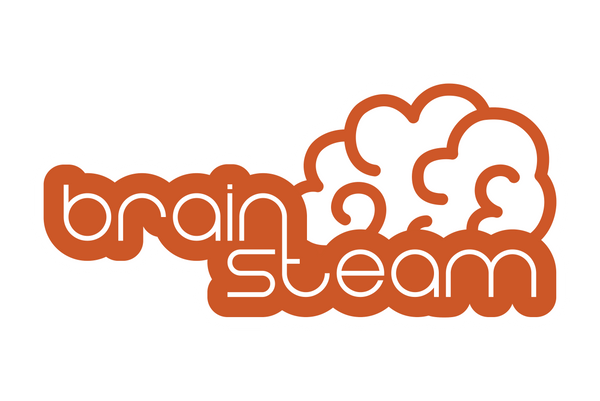Introduction
The world is facing a pressing issue - climate change. Climate change is caused by human activities, and the consequences of it are already visible. The education system plays a vital role in shaping the future generations, and hence, it is important to integrate environmental education and sustainability in the elementary curriculum. This blog post aims to provide some lesson ideas to integrate environmental education and sustainability into the elementary curriculum.
What is Environmental Education and Sustainability?
Environmental education is the process of teaching individuals, especially children, about the natural environment and the impact of human activities on it. It aims to create awareness and promote responsible behavior towards the environment. Sustainability, on the other hand, refers to the ability to meet the needs of the present generation without compromising the ability of future generations to meet their needs.
Integrating Environmental Education and Sustainability in Elementary Curriculum
- Nature Walks and Field Trips
Nature walks and field trips are an excellent way to teach children about the natural environment. Teachers can take students to nearby parks, gardens, or nature reserves to observe and learn about the environment. Students can also learn about the importance of biodiversity and how human activities are affecting it.
2. Waste Reduction and Recycling
Waste reduction and recycling are essential components of sustainability. Teachers can teach children about the importance of reducing waste and recycling. Students can also learn about the different types of waste and how they can be recycled.
3. Energy Conservation
Energy conservation is another essential component of sustainability. Teachers can teach children about the importance of energy conservation and ways to conserve energy. Students can also learn about the different sources of energy and their impact on the environment.
4. Community Projects
Community projects are an excellent way to teach children about environmental issues and how they can make a difference. Teachers can work with local organizations and community groups to organize environmental projects such as planting trees, cleaning up the neighborhood, or creating a community garden.
5. Environmental Literature
Reading books and literature about the environment and sustainability can help children learn about these concepts. Teachers can incorporate environmental literature into the curriculum to help children develop an appreciation for the environment and understand the importance of sustainability.
6. Garden-based Learning
Creating a school garden provides a hands-on experience for students to learn about plants, ecosystems, and sustainable gardening practices. They can participate in planting, nurturing, and harvesting crops, which not only teaches them about food production but also encourages responsibility and teamwork.
7. Water Conservation
Teaching children about the importance of water conservation is crucial for sustainable living. Students can learn about the water cycle, ways to reduce water usage, and the significance of clean water sources. Engaging in activities like monitoring water usage at home or school, collecting rainwater for gardening, and promoting water-saving habits can instill a sense of responsibility towards water conservation.
8. Climate Change Education
With climate change being a significant global issue, it's essential to educate children about its causes, impacts, and potential solutions. Lessons can involve exploring climate-related topics such as greenhouse gases, renewable energy, and the importance of mitigating climate change through individual and collective actions.
9. Wildlife Conservation
Introducing students to the diversity of wildlife and the importance of conservation can foster a sense of empathy and stewardship towards animals. Teachers can incorporate lessons on endangered species, their habitats, and the role humans play in their conservation. Guest speakers from local conservation organizations can further enrich these lessons.
10. Environmental Art and Creativity
Encouraging students to express their understanding of environmental issues through art can be both educational and inspiring. Art projects can involve using recycled materials, creating nature-inspired artwork, or designing posters and presentations to raise awareness about sustainability. This fosters creativity while reinforcing environmental values.
11. Sustainable Transportation
Teaching children about sustainable transportation options promotes the reduction of carbon emissions and encourages healthy habits. Lessons can include discussions on walking, cycling, public transportation, and carpooling. Students can analyze the environmental impact of different modes of transportation and explore alternatives for reducing their carbon footprint.
12. Environmental Advocacy and Leadership
Empowering students to become environmental advocates and leaders can make a significant impact in their communities. Teachers can encourage students to identify local environmental issues, propose solutions, and engage in activities such as letter-writing campaigns, community awareness events, or presentations to local authorities. This helps students develop critical thinking, communication, and leadership skills.
Remember, integrating environmental education and sustainability into the elementary curriculum is an ongoing process. It requires engaging students in active learning, promoting critical thinking, and providing opportunities for them to apply their knowledge and skills to real-world situations. By nurturing a sense of environmental responsibility and sustainability from an early age, we can empower future generations to become active participants in creating a more sustainable and resilient world.
Sources
- "Environmental Education." Environmental Protection Agency, 25 Jan. 2022, www.epa.gov/education.
- "What is Sustainability?" United Nations, United Nations, www.un.org/sustainabledevelopment/sustainable-development-goals/.
- "7 Ways to Integrate Sustainability into the Elementary Classroom." Teach.com, 24 Nov. 2020, www.teach.com/blog/integrating-sustainability-into-the-elementary-classroom/.
- "Environmental Education Lesson Plans." National Wildlife Federation
- "Teaching Climate Change: Why Kids Must Learn about the Most Pressing Issue of Our Time." NASA Climate Kids
- "Sustainable Transportation Education Program." Project Learning Tree
- "Sustainable Schools: 15 Ideas to Help You Integrate Sustainability into Your Classroom." Teach Starter
- "Empowering Students to Take Environmental Action." National Wildlife Federation

